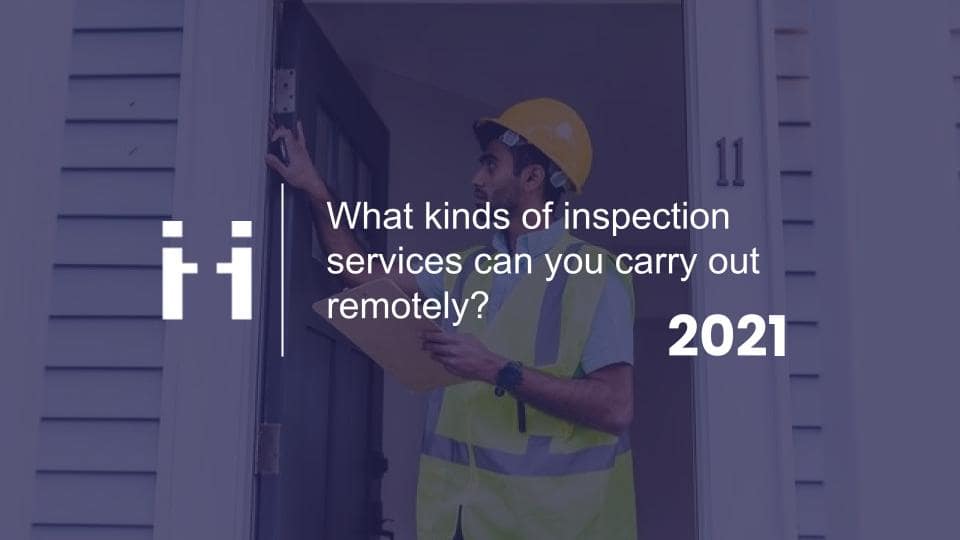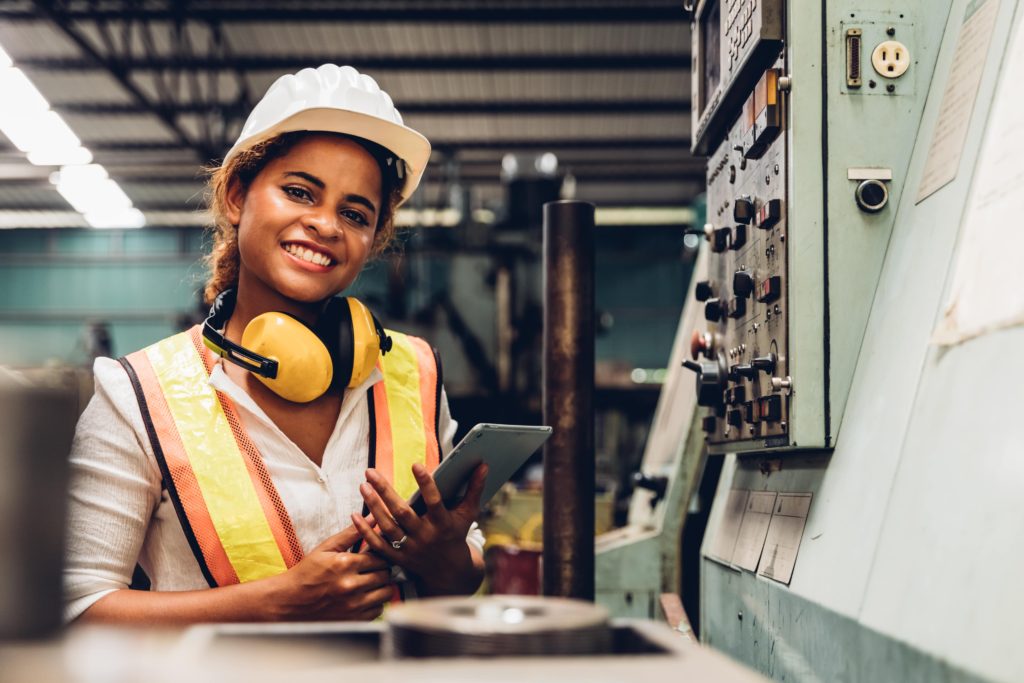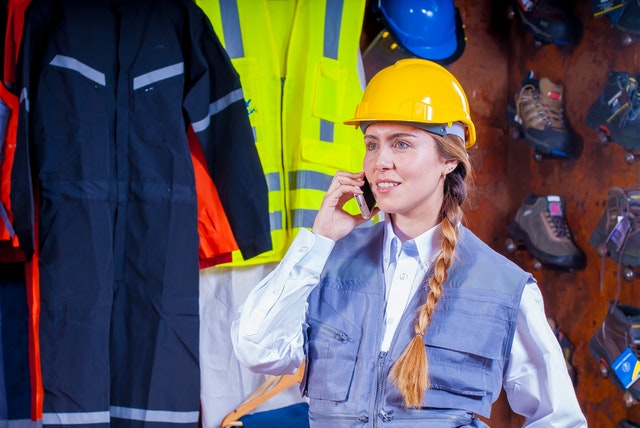
Share this article
Share this article
Inspection services are critical to ensuring the quality and safety of many different industries. From manufacturing to construction, checks are carried out every day by specially trained inspectors. Since the pandemic, many inspections have been forced to adapt by performing part or all of the inspection remotely due to social distancing requirements. Health and safety inspections for manufacturing have been conducted remotely, reducing delays in critical supply chains. In real estate, home inspectors have performed home inspections at a distance to ensure homes comply with the building code. While it’s not possible in every industry, new technologies make it easier than ever to perform remote inspections. So what kinds of assessments are best suited for remote inspections?

A virtual inspection is an inspection that is conducted remotely via a video connection. Using an app like ViiBE, inspectors follow the same process as a conventional inspection, except that they are not physically present. Instead of an inspection team, a single on-site employee or equipment like a borescope is used to film the inspection process. The audio and video feed is live-streamed to the remote inspector in real-time. The inspector can interact with the person or device filming and focus on any specific equipment they need to inspect. Experienced inspectors will be able to perform a video inspection to similar level of quality as in-person inspection.
For industries that use heavy machinery, inspections are critical to ensure the continued use and safe operation of equipment. There are several types of maintenance that teams can integrate into their worksite strategies. Some of these strategies include emergency maintenance, condition-based maintenance, preventive maintenance, prescriptive maintenance, and predictive maintenance.
Inspections help assess wear and tear and identify what replacement parts are needed. Like an automobile’s timing belt, an equipment failure of a small but crucial component can cause significant damage. Inspections help to prevent these catastrophes by ensuring everything is in working order. In short, remote inspections shorten machine downtime by reducing unexpected maintenance.
Quality inspection ensures our food is safe to eat and that our vehicles are roadworthy from the factory. For quality control, there are different types along each step of the manufacturing process until a product reaches a store. So let’s explore a few options and how each is adapted to remote inspection. According to quality inspection company HQTS, there are four different types of quality inspections. These include pre-production inspection (PPI), During Production Inspection (DPI), Pre-shipment Inspection (PSI), and Container loading/loading supervision (LS).
Even before production, the quest for quality has already begun. This inspection makes sure that the materials or ingredients of the product conform to quality standards. It can pre-empt production problems and clarifies expectations.
As the name implies, this quality inspection takes place during the production phase. It ensures that the quality of the product is uniform and that defects do not recur. This inspection is usually conducted at the beginning of an order’s production run. That way, any defects can be resolved quickly.
After a product is manufactured, it is prepared to be shipped to the store or customer. While pre-production and during production inspection can catch many issues, it is wise to still triple-check. That is why a pre-shipment check usually happens towards the end of an order.
Inefficiently loading a truck with your product reduces the number of products you can ship at once. Additionally, careless loading can result in the damaging of fragile items. Loading and unloading inspection ensures that this process is handled carefully and that all equipment is in good working order.
After a product leaves the factory, you have less control over the product. That is why it’s essential to ensure the products are in satisfactory condition and properly packed. While on-site personnel has long been required to perform these tasks, today, remote inspection allows you to reduce the number of on-site staff needed for this job.
Implementing remote inspection may be easier than you imagine. ViiBE’s web app has enabled inspections in a wide variety of industries to go remote. As a remote inspection solution, ViiBE allows an up-close inspection. Unlike typical video conferencing software, ViiBE’s unique features are designed with commercial and industrial applications in mind.

An expert can move a superimposed red dot on the screen like a laser pointer. They can also annotate screenshots and share documents before, during, or after a call. The expertise call routing feature allows an inspector to connect with an expert instantly or add them to an ongoing call. With no need to dispatch a technical expert and no need to navigate a corporate directory to find the correct number, ViiBE saves your company time and money.
ViiBE’s knowledge management tool organizes call-related data in a cloud-based knowledge base. This feature can save the call video and any documents or photos shared before or during the call. If an inspection needs a follow-up call, ViiBE’s ticketing solution can organize multiple trips under a single ticket. Improved access to information will keep your team organized and focused on carrying out the inspection.
The best part is that ViiBE is download-free. Thanks to secure WebRTC technology, ViiBE’s web app works on any internet-connected device with a camera, from an inspector’s smartphone to the latest in augmented reality technology. ViiBE can adapt the video quality to your connection while preserving audio quality. Saved videos are still archived in the highest quality possible.
Air conditioner manufacturer Daikin uses ViiBE for customer equipment repair. By using ViiBE, Daikin has resolved customer issues more quickly while improving customer satisfaction. This effect is evidenced by impressive increases in First Call Resolution and Net Promoter Score. Daikin has reduced the number of trips a repair person has to make with ViiBE by guiding many customers through minor repairs. The expertise call routing feature means on-site technicians can connect to an expert instantly on the ViiBE web app, further reducing the need to dispatch someone in the field.
We are currently undergoing a remote inspection revolution. Technologies like ViiBE are making it easier than ever to implement RVI for your use case. In many areas like documentation and cost, ViiBE makes RVI superior to in-person inspection. With this many advantages, why not give ViiBE a try? Companies like Daikin are already enjoying the benefits of adopting ViiBE. Improved customer satisfaction and reduced transport costs can be just a click away. There’s never been a better time to shift to remote inspections.
Free E-book available now!